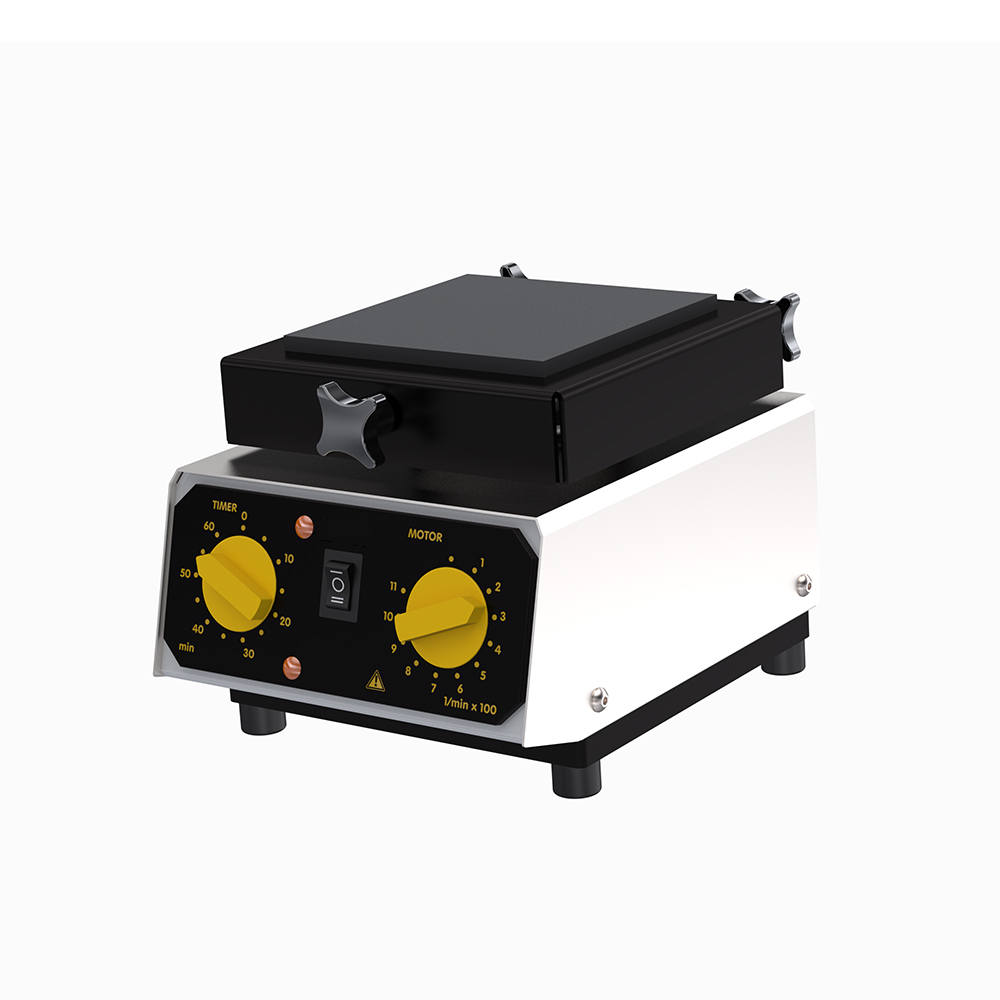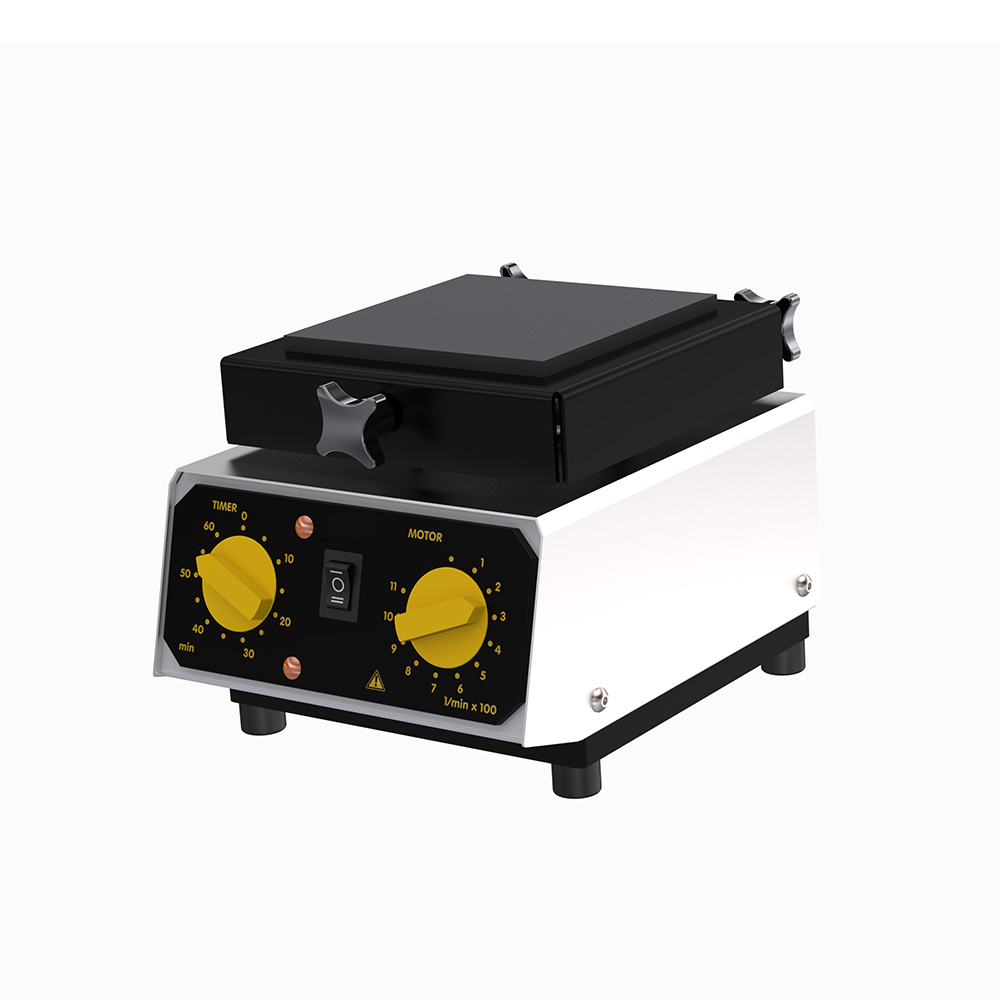You have no items in your shopping cart
Lab Shakers - Starter Guide to Universal Orbital Shakers and Their Uses
- Posted on
- Posted in Buyers Guides, How To Guides, Laboratory Shakers
- 0

Lab Shakers - Starter Guide
Laboratory shakers are tools used in various industries for numerous applications. These devices are crucial in certain scientific research fields such as pharmaceuticals, biotechnology, and more. Shakers are designed to agitate, mix, and blend solutions in test tubes, flasks, or other vessels. Research laboratories use shakers to aid in cell culture, DNA extraction, protein purification, and chemical reactions. Pharmaceutical companies use shakers in production of vaccines, antibodies, and other products. Even environmental testing agencies, food and beverage analysis, and forensics utilize shakers. These industries rely on the ability to create controlled agitation and replicate real world conditions.
What are Lab Shakers?
A versatile scientific instrument, lab shakers play a crucial role in laboratories and across various industries. Designed to agitate, mix, and blend substances in a controlled manner to facilitate consistent results. Shakers are equipped with platforms or attachments that hold test tubes, flasks, and microplates to create a uniform agitation of the contents.
The functionality of shakers involves the application of gentle, purposeful movement to the containers inducing desired reactions or processes. Agitation provided by lab shakers can be regulated by the controls to provide high or low speed movements and can range from gentle swirling to vigorous shaking, depending on the mixing application. This controlled motion achieves thorough mixing, dissolution of solutes, and suspension of particles along a certain speed range.
Lab shakers come in a variety of designs to cater to diverse needs. Common models include the orbital shaker, which moves in a circular motion; linear shakers, which move in a back-and-forth motion; incubated shakers, which provides temperature control along with agitation; and wrist shakers, which use clamps to hold a vessel and rock it back and forth to simulate wrist movement. Each style of lab shaker has unique features allowing users to select the most suitable one for their process.
Most shakers are meant for one type of vessel, such as a flask, vial, test tube, or petri dish. Along with the type of vessel the shaker can hold, it is also classified by its speed and range of motion. One shaker might be capable of shaking petri dish back and forth, and another might be used on vials to simulate wrist action. Deciding what type of vessel you want to agitate, along with the type of motion needed, is key to selecting the right model.
At Goldleaf Scientific, we carry a Universal Orbital Shaker used for a number of different applications. With one shaker, multiple attachments are used to achieve certain types of movements. By using this base model a sample can be mixed using the standard orbital shaker movement, samples can also be mixed as a wrist action type movement by changing the top plate attachment, or switch the attachment to securely hold flasks, along with an accessory for petri dish's, plates, and test tubes. This one shaker can provide solutions to multiple applications. Take a look at our laboratory mixers and shaker accessories which feature an adjustable speed range for a versatile working environment in a laboratory.
Mixers should not be confused with shakers, as these different models achieve vastly different goals. A mixer will commonly have some sort of piece that is inserted into the sample solution, whether it be a magnetic stir bar or an impeller from a stirrer. Whereas a shaker will not submerge anything into your solution, and uses a different type of motion to shake a sample rather than stirring it.
Research and Development
Lab shakers have a vital role in research and development across various industries, some of these fields include:
Cell culture and microbiology. Using controlled agitation, shakers facilitate optimal environments for cell cultures growth and maintenance for study, ensuring uniform distribution of nutrients to foster reliable and reproducible results.
DNA Extraction and protein purification. By gently agitating samples with reagents, shakers enhance mixing, promoting efficient binding and isolation of high-quality genetic material and proteins from cells and other samples.
Chemical and enzymatic reactions. Shaking is needed in efficient mixing of reactants to enhance chemical reactions and synthesis. They are crucial for laboratory researchers developing and synthesizing compounds by providing precise control over agitation.
Pharmaceutical Industry
In the pharmaceutical industry, lab shakers are used in various stages of drug development and quality control, such as:
Drug Formulation. Shakers facilitate blending active pharmaceutical agents (APIs) and excipients to ensure uniformity in formulations. Ultimately aiding in the development of safe and effective medicine.
Quality Control. Utilized in quality control procedures to asses consistency and stability of products. Used in solubility testing, uniformity analysis, and other evolutions.
Analysis. Lab shakers are used to prepare samples for analysis in dissolution studies and extraction procedures to validate efficacy through accurate mixing of samples.
Biotechnology
Laboratory shaker are used heavily in molecular biology and life science fields, including:
Production of vaccines and antibodies. Shakers provide optimal growth conditions for large-scale production of biotherapeutics in different cell cultures. Allowing for consistent and predictable growth of certain cultures used in vaccine production.
Fermentation. Processes for production of various compounds such as enzymes, bacterial and yeast cultures, biofuels, and organic acids are supported by the use of lab shakers. Controlled agitation ensure efficient mixing and oxygenation for the fermentation medium.
Conclusion
Laboratory shakers are used across a wide range of fields for mixing and shaking samples of cells, plates, medicines, and more. These pieces of equipment provide consistent and long term agitation along with motion that basic mixers cannot provide. Certain models have specific features such as a particular range of motion, adjustable speed, timers, and accessories.
At Goldleaf, we offer a range of lab shakers that cater to the needs of diverse industries. Our Universal Orbital Shaker will provide the precise agitation and control you need to achieve your results. Goldleafs goal is to supply you with the tools necessary to provide the exact solution you need in your laboratory. Explore or selection of lab shakers with staff on hand to assist you in choosing the right piece of equipment for your needs. We understand the importance of reliability, quality, and performance in your lab. Equip your laboratory with a high-quality shaker to accelerate your research. Visit our online store today to better understand our exceptional lab shakers.








Comments
Be the first to comment...